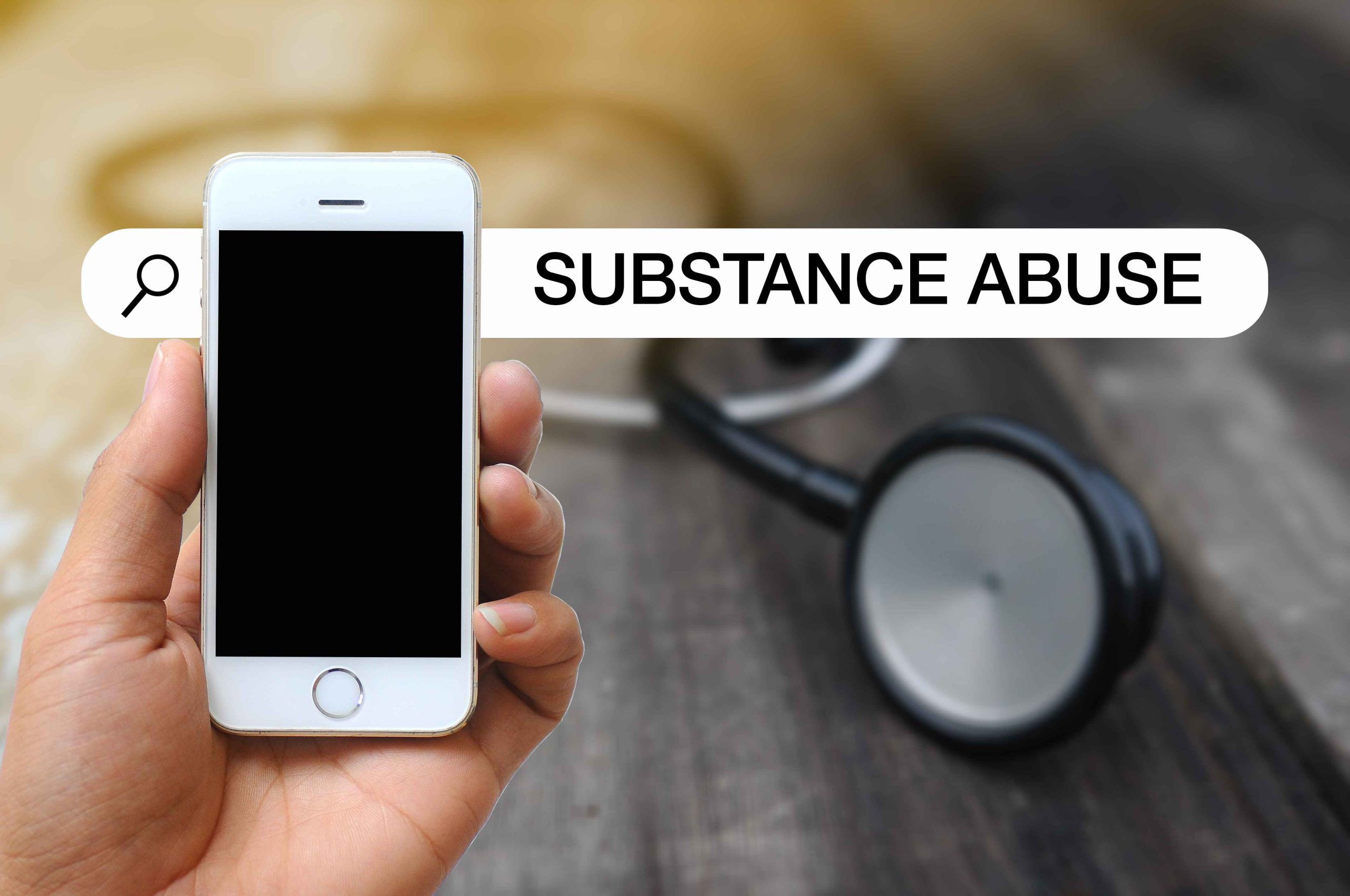Written by: Meri Sargsyan
Reviewed by: Sareen Khodabakhsh, LMFT
Cocaine is a powerful stimulant with a short-lived high, but its traces linger far longer in the body. If you’re wondering how long does cocaine stay in your system, the answer depends on the type of test, your metabolism, usage patterns, and even whether alcohol was involved. This guide breaks down detection windows, key influencing factors, and what to expect during testing.
What Is Cocaine?
Cocaine, or “coke,” is a stimulant for the central nervous system that works quickly and derives from the coca plant. There are a few various ways it comes:
Coke: People often snort or dilute hydrochloride and then inject it. People commonly smoke crack cocaine, which is a rock crystal form.
Coca paste: A crude extract that may be smoked.
Its effects—euphoria, energy, and alertness—are intense but short-lived, which often leads to people using it again and again. The National Centre for Drug Abuse report showed in 2023, 1.8% or 5.0 million persons in the US aged 12 years and older reported having used cocaine in the past year.
How Long Does Cocaine Stay in Your System?
Finding cocaine doesn’t happen at just one moment; it relies a lot on the biological sample that was looked at. The body processes, moves around, and gets rid of the drug and its metabolites in different ways, which is why this is different. Most tests don’t search for cocaine itself since it only lasts a short period. Instead, they seek for its longer-lasting metabolites, such benzoylecgonine (BE).
How Long Does Cocaine Stay in Urine?
Urinalysis is the most common approach to find out whether someone has taken cocaine since it is simple to conduct and may identify cocaine usage for a long time. The test is meant to discover benzoylecgonine.
If someone has just taken benzoylecgonine once, it may stay in their system for 2 to 4 days.
If you use cocaine a lot, its metabolites may build up in your body’s tissues and be released slowly over time.
In certain cases, a urine test may still indicate a positive result up to 14 days after the last use, or even longer. Urine tests are the greatest approach to find drugs at work, in court, and in many medical situations since they can be done over a longer period of time.
How Long Does Cocaine Stay in Your Blood?
Blood tests, which are part of serological testing, don’t tell you anything about recent use. They are usually employed in medical crises or legal situations like DUI investigations.
- Parent Drug: Cocaine’s half-life is around 60 to 90 minutes. It is often undetectable in the bloodstream after 12 hours of administration.
- Metabolites: The metabolite benzoylecgonine has a longer half-life and may persist in the blood for up to 48 hours.
Blood tests can’t be used for universal screening since they are invasive and only effective for a short period.
How Long Does Cocaine Stay in Saliva?
Oral fluid testing is becoming increasingly prevalent since it may indicate recent drug use without being too invasive. This makes it easy to use for roadside tests or screenings after an accident.
- Window for Detection: You may discover cocaine and its breakdown products in your saliva for 24 to 48 hours after you consume it.
- How it works: You may find the medication in oral fluid because you ate it or because it came out of your blood and into your saliva.
Even if it’s easy to use, it can’t be used as often as urinalysis since it costs more and takes less time to find.
How Long Does Cocaine Stay in Your Hair?
Hair follicle testing has the largest potential retrospective detection window since it makes a permanent record of drug usage.
- Standard Window: A regular 1.5-inch sample cut near to the scalp may show how long someone has been using it for 90 days (3 months) since hair grows at an average rate of 0.5 inches each month. Cocaine metabolites go from the blood into the hair follicle and become caught in the hair shaft as it grows.
- Longer Detection: For those with longer hair, the detection window may last much longer than 90 days. This might demonstrate how individuals who use drugs routinely have used them over the course of several months or even years. This approach is quite good at finding long-term patterns of usage, but it can’t tell whether someone has used drugs in the recent 4 to 7 days (the time it takes for hair to grow out of the follicle).
How Long Does Cocaine Stay in Breastmilk?
Cocaine getting into breastmilk is a very real and serious health issue for a baby who is breastfeeding.
- Detection: Cocaine is known to move quickly into breast milk, where it may be found for up to 36 hours after the mother uses it.
- Medical Advice: Because the baby’s metabolism is still developing and their central nervous system is so sensitive, even little quantities might make them irritable, sick, and have tremors, seizures, and high blood pressure that could kill them. Everyone in the medical field agrees that moms who breastfeed should not take cocaine.There is no “safe” waiting time.
How Long Does Cocaine Stay in Your Sweat?
Sweat testing isn’t used as often as other methods to find cocaine usage, but it’s becoming more popular since it may provide a continual view of drug use instead of just a snapshot in time.
A sweat patch applied on the skin may gather a sample over a longer period of time, usually 7 to 14 days or more. This is different from urine or blood tests, which only detect chemicals at one point in time.
Cocaine Detection Times by Test Type
| Test Type | Detection Window |
| Urine Test | 2–3 days (up to 2 weeks for heavy use) |
| Blood Test | 12–24 hours |
| Saliva Test | 24–48 hours |
| Hair Test | Up to 90 days |
Factors That Impact How Long Cocaine Stays in Your System
There is no one answer to how long does cocaine stay in your system. Detection windows are not set times; they are highly individualized estimations that are affected by a complicated mix of physiological and usage-specific elements.To understand why detection times might be so different for different people, you need to know these factors.
Metabolism and Body Mass
The rate at which a person’s metabolism works is one of the most important factors in how quickly and easily they can get rid of cocaine.
- Rate of metabolism: People with a higher basal metabolic rate (BMR) will break down cocaine and its metabolites quicker because of the enzymes in the liver and blood. Younger age, more muscular mass, genetic predisposition, and a greater degree of physical activity are all things that may speed up metabolism.
- Body Composition: This has two functions. Benzoylecgonine and other cocaine metabolites may dissolve in water, but body fat percentage can also affect them. People with more body fat may have a somewhat longer detection window because these metabolites may spread into and be slowly released from fatty tissues. Also, the total body mass may change the volume of distribution, which is a pharmacological theory that explains how a medication spreads across human tissues.This can have a little effect on how long it takes for the substance to completely leave the body.
Frequency and Amount of Use
This is probably the most important thing that makes detection time longer than normal.
- Occasional Use: A first-time or occasional user’s body can usually break down and get rid of the drug quickly, which means that it may be found in urine for a shorter amount of time (2–3 days).
- Heavy Use Over Time: Repeated and regular usage puts too much strain on the body’s clearing systems. Accumulation kinetics is the term for when metabolites build up in the body quicker than they can be removed. This saturation effect implies that the body has more benzoylecgonine in it with each usage, which makes it take much longer to get rid of it entirely. This is why people who take drugs a lot may test positive for up to two weeks or more after they quit. The body is trying to get rid of this extra storage.
Hydration and Organ Function
It is very important that the body’s filtration and detoxification systems work well.
- Liver Function: The liver is where cocaine is mostly broken down. Enzymes like hepatic esterases turn it into benzoylecgonine and other byproducts. Hepatitis, cirrhosis, or fatty liver disease may make the liver work less well, which can slow down this metabolic process by a lot. This means that the parent drug and its metabolites will stay in the body for longer.
- Kidney Function: The kidneys filter waste materials, such cocaine metabolites, from the blood into the urine. When kidney function goes down, this excretion route doesn’t work as well, which means that these detectable substances stay in the body for longer.
- Hydration: Drinking a lot of water may lower the concentration of metabolites in a single urine sample, but it doesn’t speed up the processes of metabolism or excretion. Modern drug testing laboratories automatically mark diluted samples as “adulterated” or “invalid,” which usually means that the sample has to be retested. So, drinking a lot of water isn’t a good way to pass a drug test since it only affects the concentration of the sample, not the detection window itself.
Method of Use
The route of administration affects how strong and how quickly the effects start, but it has a surprisingly little effect on the total detection time.
- Start vs. End: When you smoke or inject cocaine, the substance gets into your bloodstream and brain more quickly and intensely. But the manner the medicine is taken doesn’t affect its basic chemical makeup or how it is broken down in the body. The liver changes cocaine into benzoylecgonine once it gets into the blood, no matter how it got there.
- The Metabolic Constant: Biology and chemistry, not the way the drug is used, dictate the half-life of cocaine and benzoylecgonine, which is the time it takes for the body to get rid of half of the drug. So, even if the first “rush” is different for each manner of taking the medication, the time it takes for the body to properly digest and get rid of it is the same. How much of the drug was taken is not as crucial as how much was taken.
What Is Cocaethylene?
Cocaethylene is a unique and powerful psychoactive metabolite that only happens when cocaine and alcohol are both taken at the same time. It is not found in each chemical alone; instead, it is made in the body, forming a third component that is far more poisonous and has effects that last longer than either drug alone.
The creation of cocaethylene is a clear illustration of how using more than one drug may change the body’s regular metabolic processes in hazardous ways.
- Normal Cocaine Metabolism: Hepatic carboxylesterases are the main enzymes that break down cocaine in the liver when it is consumed alone. These enzymes turn the drug into two main metabolites that aren’t very active: benzoylecgonine and ecgonine methyl ester. The kidneys subsequently filter these metabolites and get rid of them in urine.
- Changes in Metabolism: Ethanol (alcohol) in the body competes with these carboxylesterases and stops them from working. This blockage sends a large amount of cocaine down a separate metabolic route. The cocaine molecule and the ethanol molecule do not break down into inactive parts. Instead, they go through a chemical mechanism called transesterification.
Does Cocaine Stay in Your System Longer With Alcohol?
Yes. Alcohol makes it take longer for cocaine and cocaethylene to leave the body, which makes urine, blood, and saliva tests more likely to find them.
What to Expect During a Cocaine Drug Test
- Urine Tests: Someone will see you provide a sample. For accuracy, labs utilize immunoassay screenings and then confirmation tests, including GC-MS.
- Blood and saliva tests are often performed to find out whether someone has recently taken drugs.
- Hair Tests: A little piece of hair is collected from near the scalp. This test gives a history of long-term usage.
There are times when false positives happen, but they are uncommon. If you think a result is wrong, always ask for a confirmation test like GC-MS.
How Long Does Cocaine Stay In Your System: FAQ
How Long Can You Still Test Positive for Cocaine?
What Does Cocaine Show Up as on a Drug Test?
How Long Do Drugs Stay in System Urine?
How Long Can Labcorp Detect Cocaine?
Sources:
Australian Drug Foundation. (2023, November 8). Cocaine. https://adf.org.au/drug-facts/cocaine/
Liberty, H. J., Johnson, B. D., & Fortner, N. (2004). Detecting cocaine use through sweat testing: multilevel modeling of sweat patch length-of-wear data. Journal of analytical toxicology, 28(8), 667–673. https://doi.org/10.1093/jat/28.8.667
National Center for Drug Abuse Statistics. (2024, June 27). Drug Abuse Statistics. https://drugabusestatistics.org/
Plowman, T. (1982). The identification of coca (Erythroxylum species): 1860–1910. Botanical Journal of the Linnean Society, 84(4), 329–353. https://doi.org/10.1111/j.1095-8339.1982.tb00368.x
Pergolizzi, J., Breve, F., Magnusson, P., LeQuang, J. A. K., & Varrassi, G. (2022). Cocaethylene: When Cocaine and Alcohol Are Taken Together. Cureus, 14(2), e22498. https://doi.org/10.7759/cureus.22498











